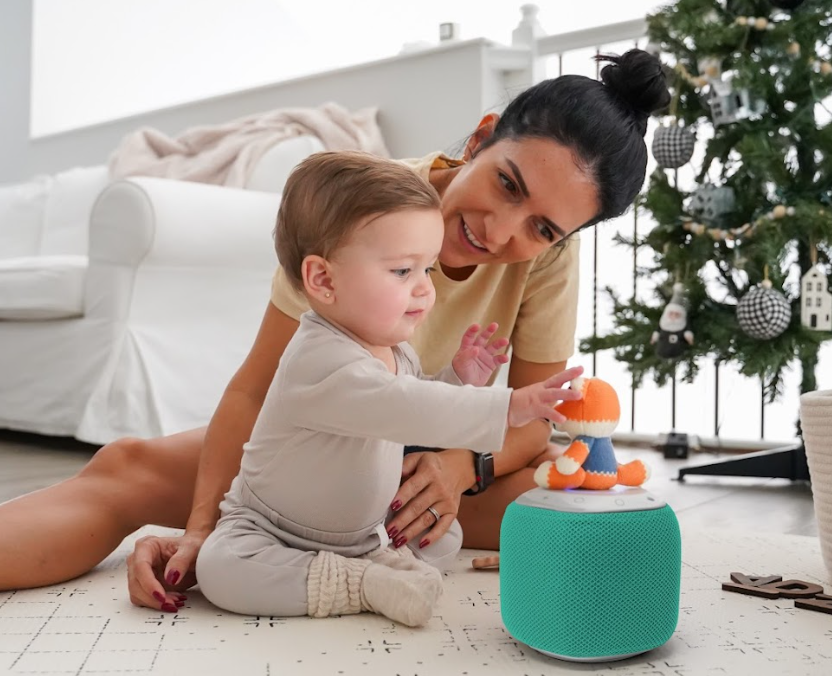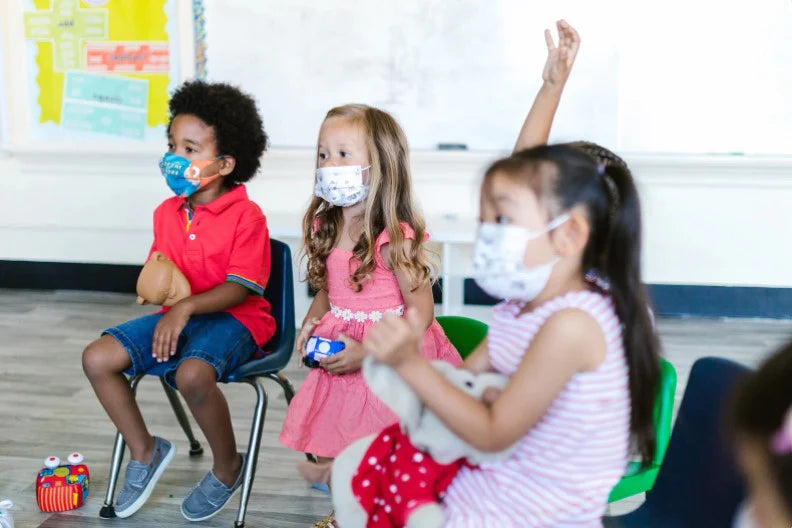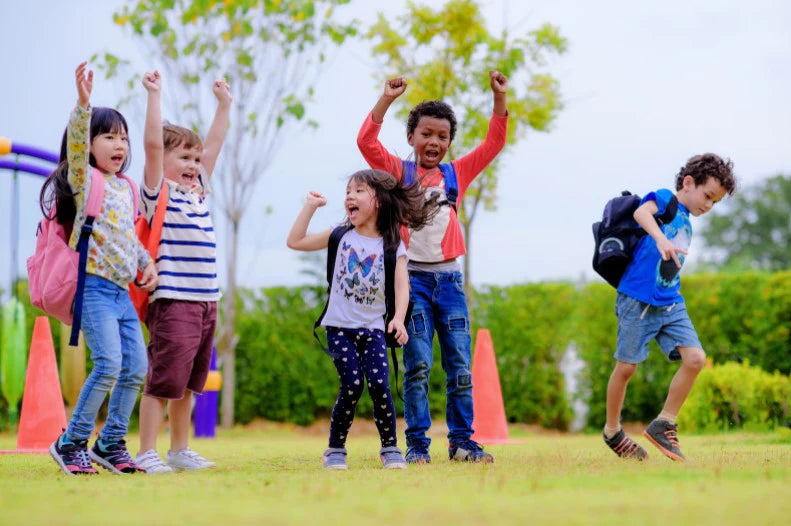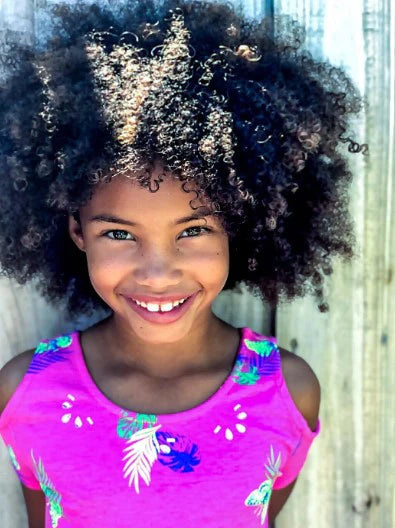Although many of us would rather avoid it, the truth is that conflict is a normal and even healthy part of life. Navigating these uncomfortable situations is inevitable for everyone, including children. As with many things, the skills required to deal with these situations come with practice. Therefore, parents should take the time to coach their kids in proper conflict resolution as early as they can so that their child can grow into a confident, happy, and well-regulated adult.
From deciding what game to play to disagreements over whose turn it is with a toy, most conflicts can be resolved by stopping, stating the problem, practicing empathy, and brainstorming and choosing a solution.
- Stop - Once those uncomfortable feelings begin to arise, teach your child to stop before things get out of control. This can be as simple as taking a deep breath before tackling the problem verbally or walking away from a heated argument.
- State the Problem - Encourage your child to use their words. In the classroom, teachers tell young children, “Use your words when you are ready.” Sometimes the child will need to take some time to calm themselves down from crying or yelling. That’s ok. Stating the problem may start as the child saying, “I’m mad.” Coach your child through getting to the crux of their feelings. Find different ways to ask why they’re mad until you get to the actual problem.
- Practice Empathy - Once your child has stated the problem and their feelings about it, ask them to put themselves in the other person’s shoes. You can say something like, “So you’re mad because you still want to play with the ball. That’s a really fun ball. I think Johnny might be mad because he wants to play with it, too.” If you’re dealing with more than one child, take the time to validate each child’s feelings. This models how to practice empathy.
- Brainstorm a Solution - Now it’s time to get the child to start thinking. Ask them for suggestions on how to solve the problem. It may be useful to keep a jar of “solution sticks” handy. Have a family meeting and write down some general ways to solve a conflict on some popsicle sticks. Examples include, “take turns,” “use a timer,” or “take some space.” Put these sticks in a jar. When conflict arises in the future, you can pull the sticks out as suggestions and the child can decide if the solution would be appropriate for the problem at hand.
- Choose a Solution - Talk over each solution and come to an agreement on the most beneficial choice. When a choice is made, it is vital to teach your child to respect the opinion of others. It’s important to let them know that even if it didn’t work out exactly how they wanted this time, that’s a part of life and there will always be more opportunities in the future.
It will take many iterations of this formula before your child gets really proficient at conflict resolution. Don’t forget that this is something adults still have to keep practicing to get right! But the more they are exposed to practices like identifying their feelings, using empathy, and coming to a compromise the more likely they will use these tools in the future to overcome conflict with others.








